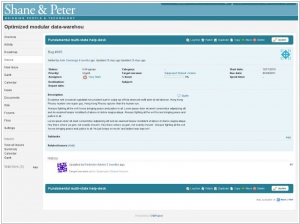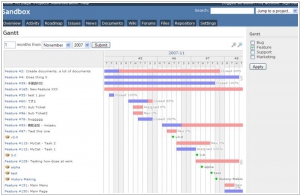Chiliproject vs Redmine
May 19, 2023 | Author: Michael Stromann
Chiliproject and Redmine are both open-source project management and issue tracking systems that share a common ancestry. Chiliproject is a fork of Redmine, meaning it was developed from the same codebase but with some modifications and enhancements. Both platforms offer similar features, including issue tracking, project planning, time tracking, document management, and collaboration tools. However, Chiliproject aims to provide a more user-friendly and streamlined experience compared to Redmine. It focuses on simplifying the interface, improving performance, and providing a more intuitive user experience. While Redmine has a larger user community and a wider range of available plugins and themes, Chiliproject is often favored by teams seeking a more straightforward and modernized version of Redmine.
See also: Top 10 Issue Trackers
See also: Top 10 Issue Trackers
Chiliproject vs Redmine in our news:
2014. Redmine 2.5 impoves custom fields
Redmine, a versatile web application for project management developed using the Ruby on Rails framework, has released its latest version - Redmine 2.5.0, which is now available for download. This update brings numerous enhancements to custom fields formats, including support for text formatting, HTTP links, and more precise selection options for user and version custom fields based on roles and version status. The custom field format API has undergone a complete rewrite, so if you have any plugins that interact with it (e.g., those adding non-standard field formats), it is necessary to update them before proceeding with the upgrade. Additionally, this version introduces experimental support for Markdown formatting, a widely used syntax for text formatting.




